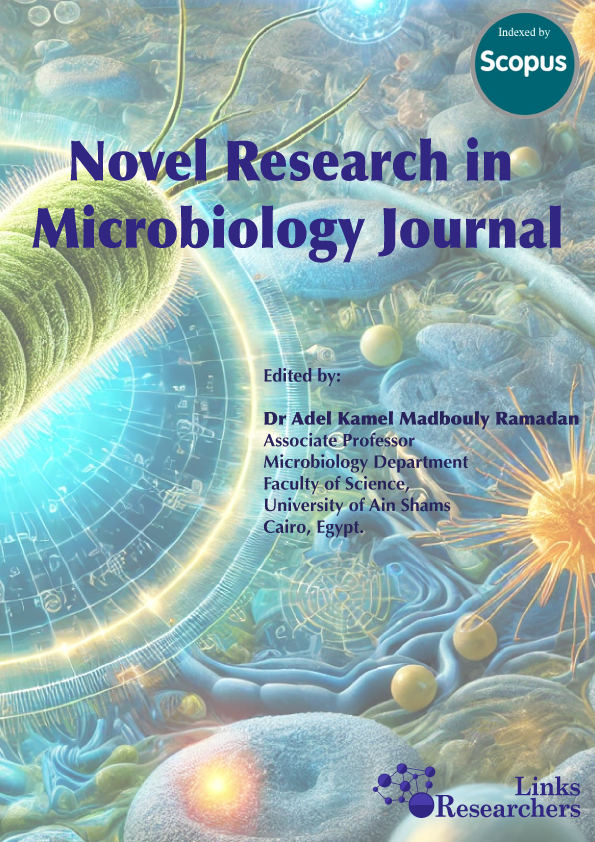Antiviral activity of water extracts of some medicinal and nutritive plants from the Apiaceae family
Novel Research in Microbiology Journal (2020), 4(2): 725-735
Antiviral activity of water extracts of some medicinal and nutritive plants from the Apiaceae family
Mohamed GabAllah1; Ahmed Kandeil2; Adel Abd El-Baset Mousa1; Mohamed Ahmed Ali2
ABSTRACT
During the past two decades, several human infections with avian influenza H5N1 virus have been reported. An increase in the recorded cases of human viral infections led to more public health concern, because of their potential pandemic proportions in the human's society. Moreover, an increase in the cases of drug-resistant influenza A virus has brought the urgent need for alternative anti-influenza drugs. In the present study, water extracts from eight commonly available medicinal and nutritive plants from the Apiaceae family including; Dill, Celery, Caraway, Coriander, Cumin, Fennel, Anise, and Parsley were prepared. The cytotoxicity of each of extract was individually determined in the Madin–Darby canine kidney (MDCK) cells. Thereafter, these extracts were investigated for their in vitro antiviral activities against the avian influenza H5N1 virus infection. Current results revealed that water extracts of the eight plants showed antiviral inhibitory activities with percentages ranging from 0- 71 %. Among the tested plants, only anise plant (Pimpeniella anisum) had significant antiviral activity against the avian influenza H5N1 virus. Thus, the mode of action of this effective anise extract was investigated against the same virus. It was found that water extract of the anise plant induced virucidal effect, as well as direct effect on replication of the avian influenza H5N1 virus. The aim of the present study was to shed light on searching for alternative therapeutic sources for future treatment of the H5N1 influenza virus infection.
To share on other social networks, click on any share button. What are these?





